Silk VS satin – exploring the luxurious fabrics and unraveling the differences
What is silk fabric?
Silk fabric is a luxurious and highly prized textile material made from natural silk fibers. Silk is a protein-based fiber produced by silkworms to form their cocoons. The process of obtaining stretch silk fabric involves unraveling and weaving these fine fibers together to create a smooth, soft, and lustrous fabric
Characteristics of Silk Fabric:
Softness: Silk is renowned for its exceptional softness and smooth texture, which gives it a luxurious feel against the skin.
Natural Sheen: Stretch silk has a beautiful natural sheen that reflects light, providing the fabric with an elegant and lustrous appearance.
Breathability: Silk is highly breathable, making it comfortable to wear in both warm and cool weather. It can help control body temperature and absorb moisture.
Uses of silk fabric
Silk has been a prized and cherished fabric in the fashion industry for centuries. Its luxurious feel, natural sheen, and draping qualities make it a favorite among designers and consumers alike. Here are some common uses of stretch silk in the fashion industry:
- Clothing: Silk is used to create a wide variety of clothing items, including dresses, blouses, skirts, shirts, and suits. Its soft texture and ability to drape beautifully on the body make it ideal for elegant and flowing garments.
- Scarves: Stretch silk scarves are highly sought after for their lightweight and soft nature. They are used as stylish accessories to add a touch of elegance and color to any outfit.
- Ties: Silk ties are a staple in men's fashion, valued for their smooth texture and ability to hold intricate patterns and designs. They are often seen as a symbol of sophistication and formality.
What is satin fabric?
Satin fabric is a type of textile known for its smooth, glossy surface and luxurious appearance. Unlike silk, satin is not a natural fiber but a specific type of weave used to create the fabric. Satin can be made from various materials, including polyester, silk, nylon, rayon, or combinations of these fibers. However, the term "satin" is commonly associated with fabrics made from silk or synthetic fibers like polyester.
Characteristics of Satin Fabric:
- Smooth and Shiny Surface: Satin fabric’s most notable characteristic is its smooth and lustrous surface, which gives it an elegant and glamorous appearance.
- Drape and Flow: Satin has excellent draping qualities, allowing it to flow gracefully and create fluid and flattering lines in clothing.
- Versatility: Stretch satin fabric can be made from various fibers, making it versatile and available in different colors, prints, and finishes.
Uses of Satin Fabric:
- Eveningwear and Formal Dresses: Stretch satin fabric is a popular choice for elegant evening gowns, cocktail dresses, and formal attire due to its luxurious appearance and draping capabilities.
- Bridal Wear: Satin is a favored fabric for bridal gowns and bridesmaid dresses, especially for those seeking a glamorous and sophisticated look on their special day.
- Accessories: Stretch satin fabric is used to create various accessories like scarves, handbags, gloves, and shoes, adding a touch of elegance to these items.
- Bedding and Home Furnishings: Satin is sometimes used in bedding, decorative pillows, and upholstery to bring a touch of luxury and opulence to the home.
Difference between silk and satin
Silk and satin are two popular fabrics known for their luxurious feel and appearance. While they share some similarities, they are different in terms of their composition, texture, and manufacturing processes.
- 1. Composition:
- Silk: Silk is a natural fiber produced by silkworms to create their cocoons. The fibers are extracted from the cocoons and then woven into fabric. It is a protein-based fiber, which makes it breathable and comfortable to wear. Silk is known for its soft, smooth texture and natural sheen.
- Satin: Satin is a type of weave, not a fiber. It can be made from various materials, including silk, polyester, nylon, or rayon. However, the term "satin" is commonly associated with fabrics made from silk or synthetic fibers like polyester. Satin is woven in a way that creates a smooth and glossy surface on one side, while the reverse side is typically duller.
- 2. Texture:
- Silk: Silk has a soft, smooth, and luxurious texture. It is often described as having a cool and comfortable feel against the skin. It is prized for its natural draping ability and its ability to regulate body temperature.
- Satin: Satin's texture is smooth and shiny on the front side, known as the "face," and dull on the back side. It has a glossy, lustrous appearance that gives it an elegant and alluring look. Satin is also known for its slippery surface, which can make it feel cool and smooth.
- Manufacturing:
- Silk: As mentioned earlier, silk is a natural fiber produced by silkworms. The process of making silk involves collecting the cocoons, boiling them to soften the sericin (a natural gum that binds the silk fibers together), and then carefully unraveling the fibers to create threads. These threads are then woven into silk fabric.
- Satin: Stretch satin is a type of weave that can be applied to various fibers. It involves a technique called "float weaving," where the weft threads pass over several warp threads, creating the characteristic smooth and shiny surface. The type of fiber used (e.g., silk, polyester, etc.) will determine the specific properties of the satin fabric.
Frequently asked questions
Which is better silk or satin?
The choice between silk fabric and satin fabric depends on personal preferences and the intended use. Silk offers natural luxury, softness, and breathability. Satin, available in various fibers, provides a smooth, glossy surface and is versatile. The decision comes down to desired qualities and budget constraints.
Is it good to sleep on silk or satin?
Sleeping on silk or satin can be beneficial for some individuals. Both fabrics are smooth and gentle on the skin, reducing friction that may cause hair breakage and skin irritation. Silk's breathability can regulate temperature, while satin's softness and sheen add a touch of luxury to bedtime comfort.
Is satin more expensive than silk?

The cost of satin fabric can vary depending on the type of fiber used (e.g., silk, polyester, etc.) and the quality of the fabric. Natural silk satin is usually more pricey than satin made from artificial fibers like polyester.
How to tell the difference between silk and satin?
The key difference between silk and satin lies in their composition and weave. Silk is a natural fiber produced by silkworms, while satin is a type of weave. To identify silk, check for its softness, natural sheen, and smooth texture. Satin will have a glossy surface, but it can be made from various fibers.
Conclusion
In summary, silk is a natural fiber known for its softness, breathability, and luxurious sheen. Satin, on the other hand, is a type of weave that can be made from different fibers, including silk. It is known for its glossy surface, smoothness, and elegant appearance. Both fabrics have their unique qualities and are often used in high-end fashion, lingerie, bedding, and various other luxury items. The choice between silk and satin depends on personal preferences, budget, and the specific application.

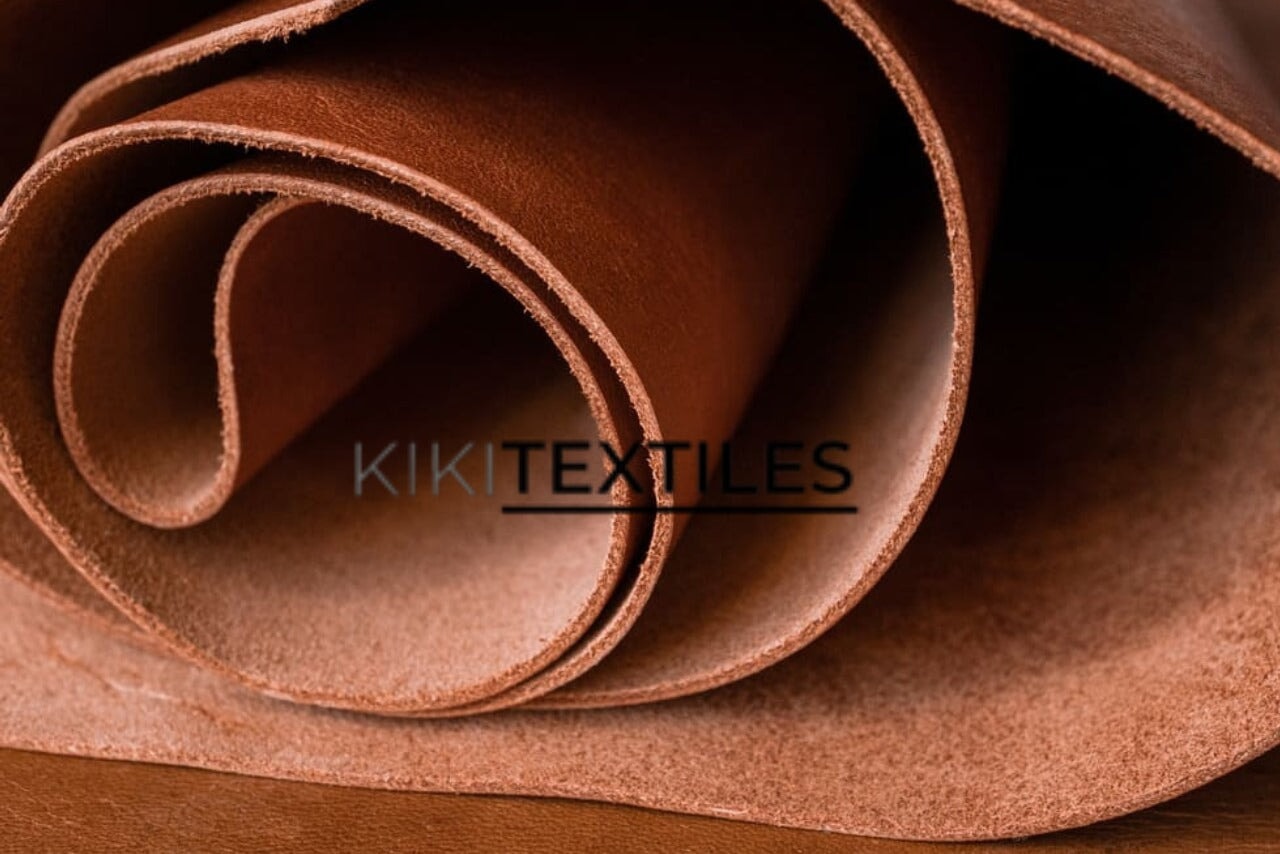
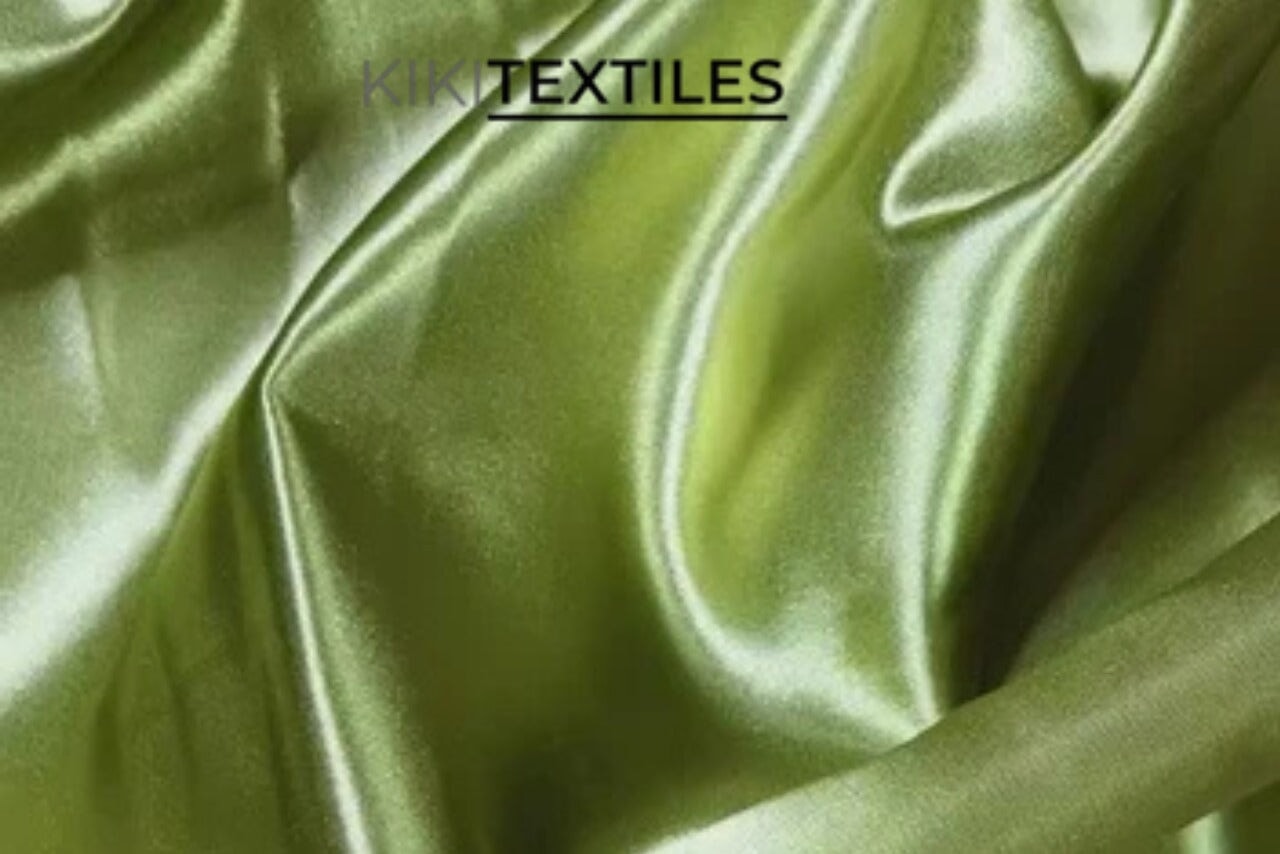
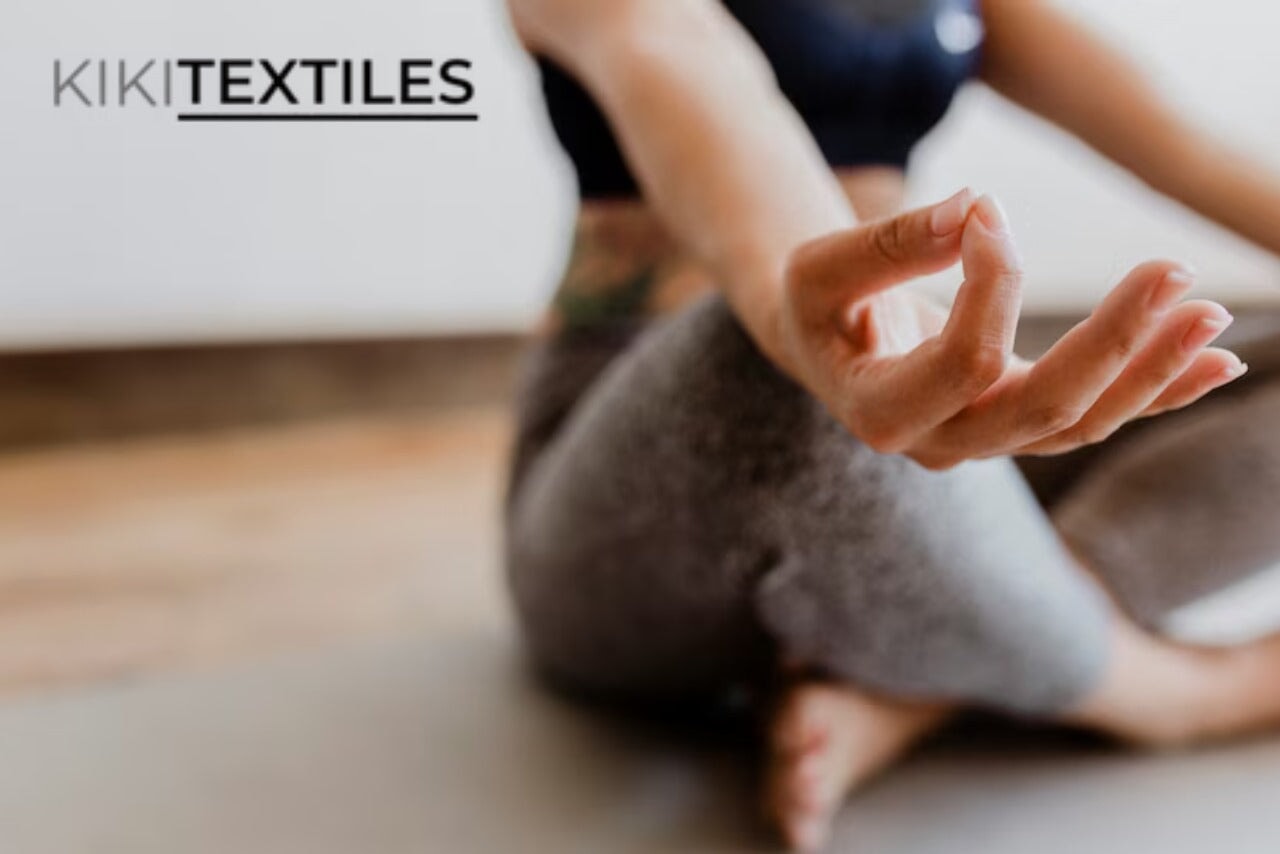


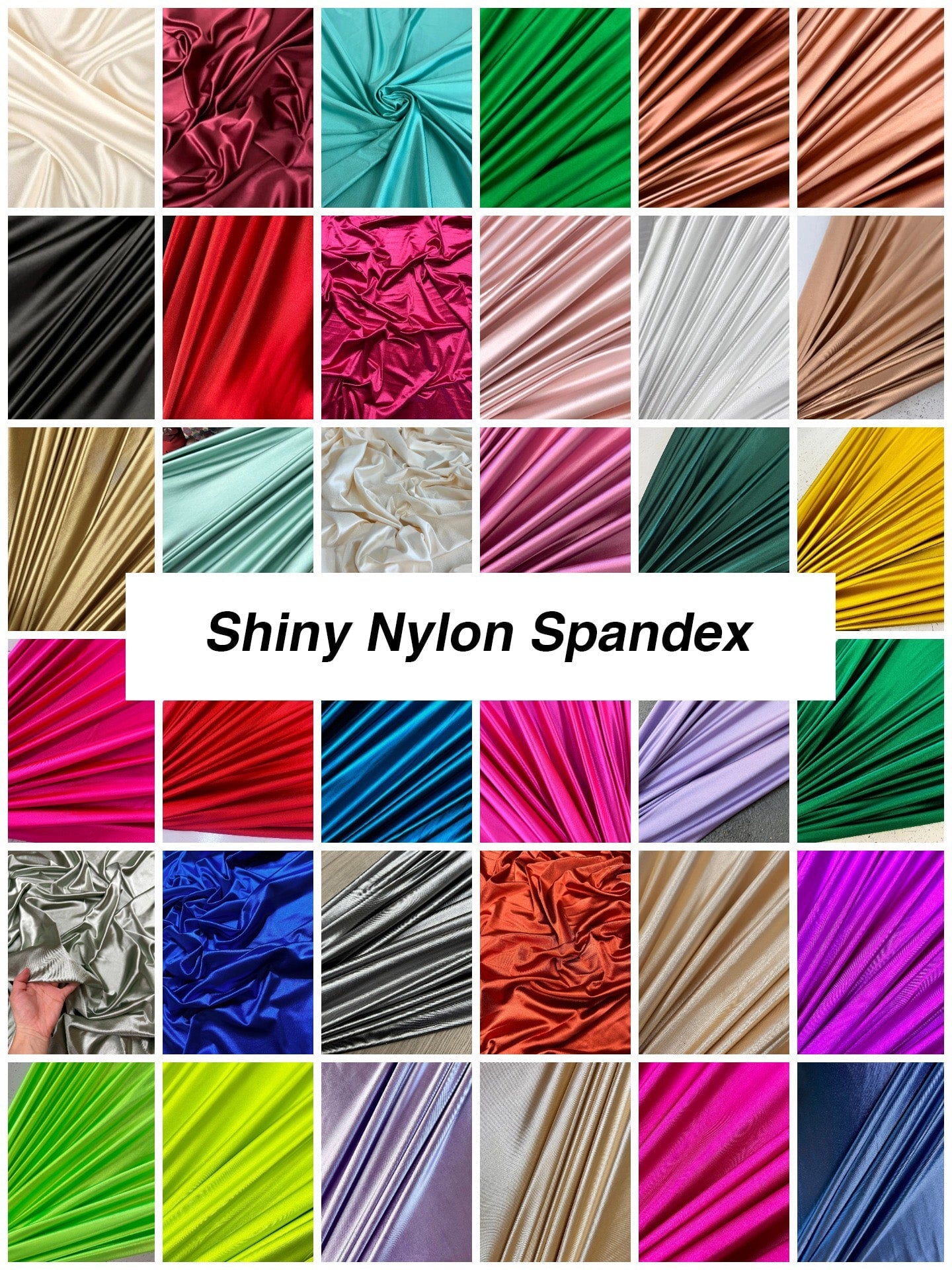
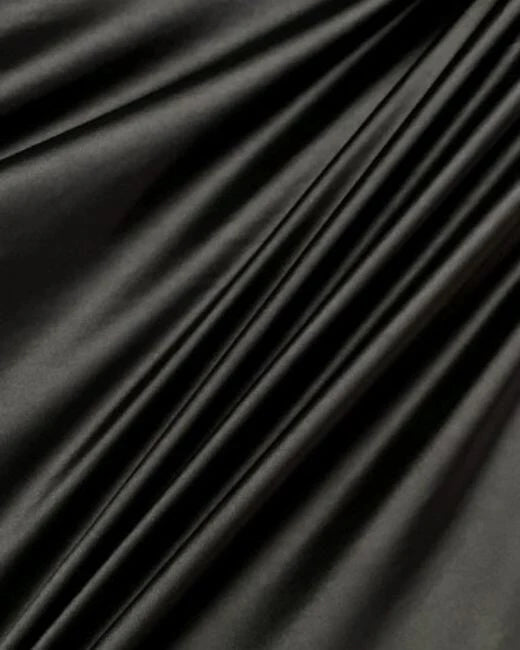
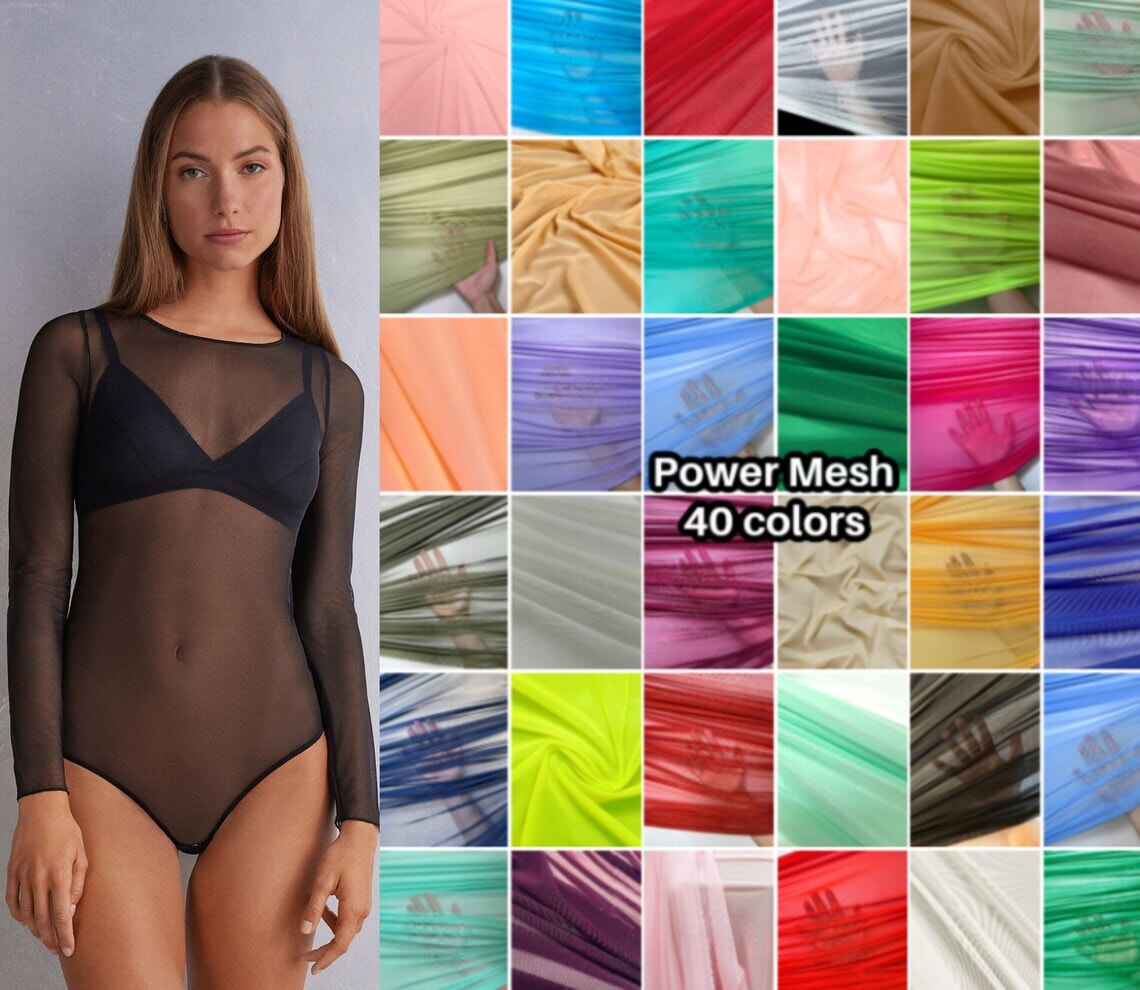
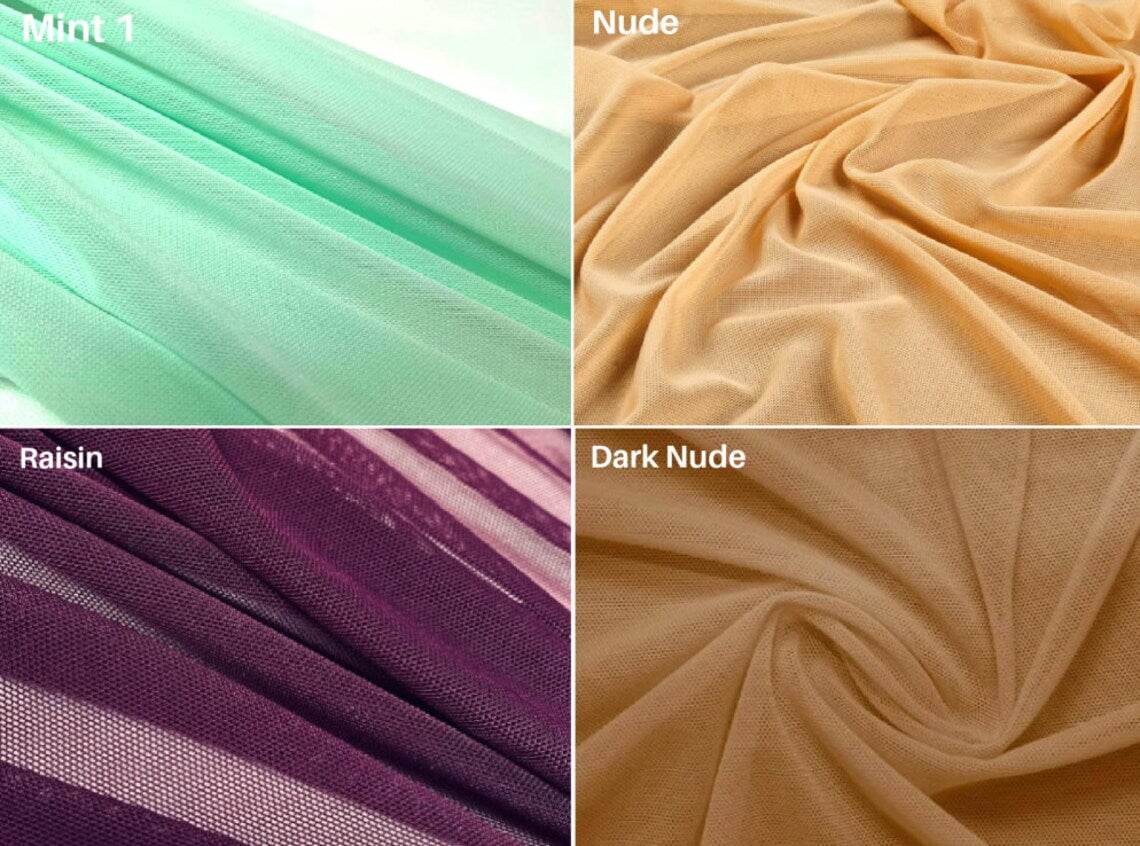
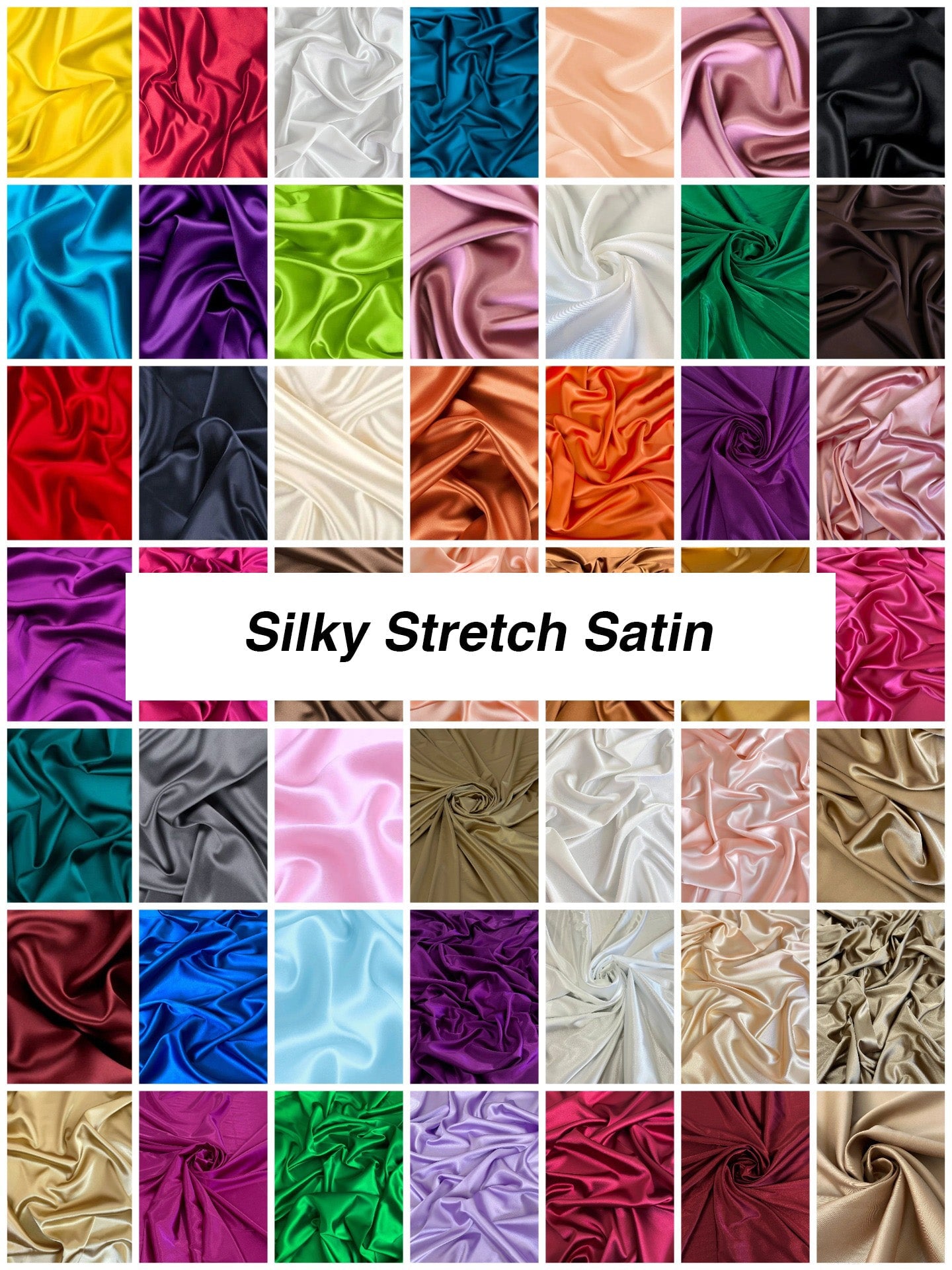
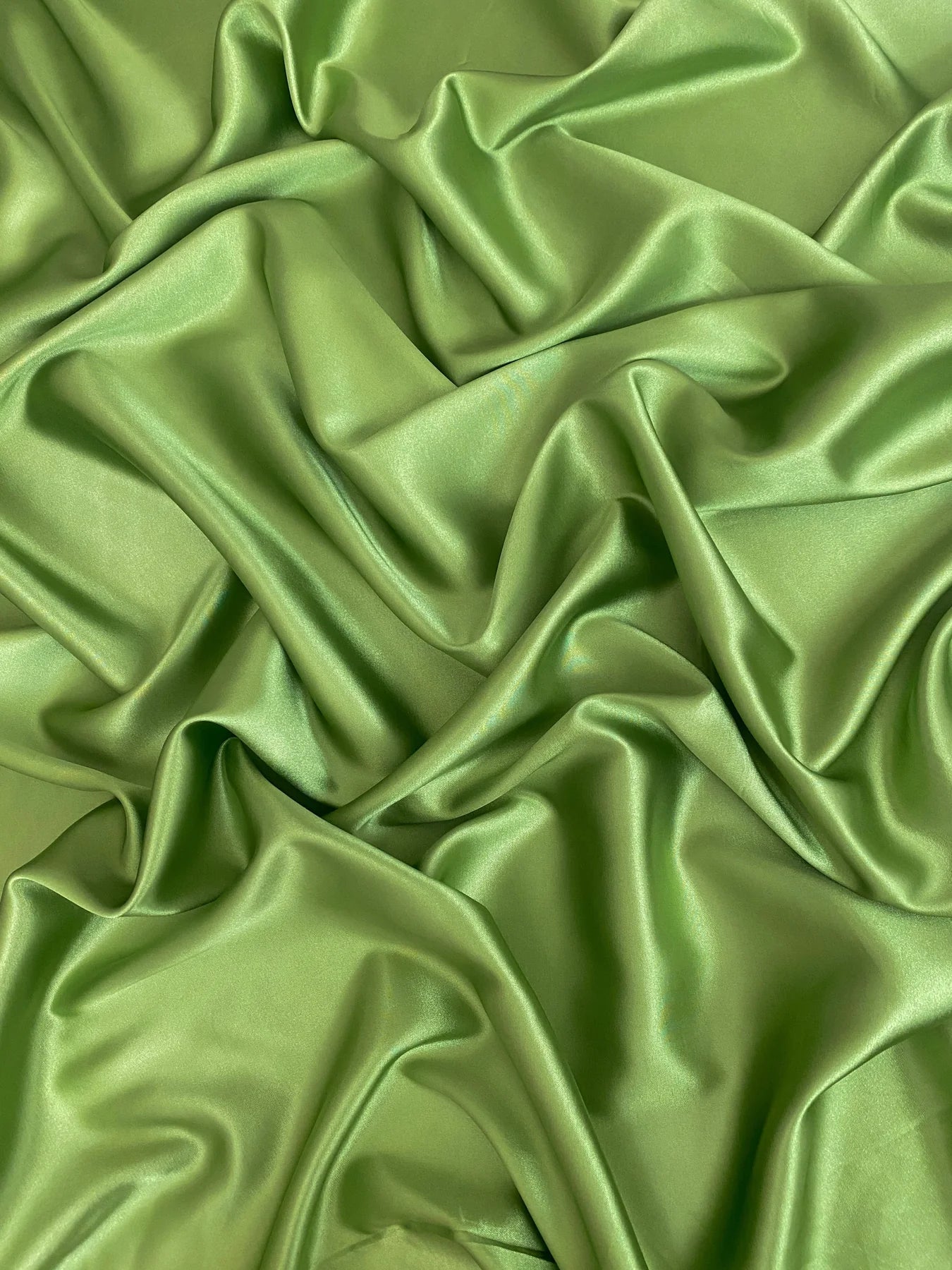
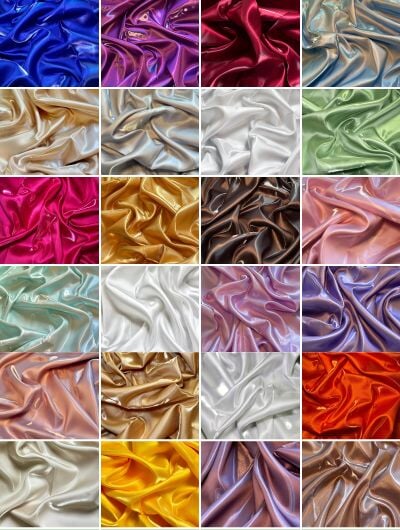
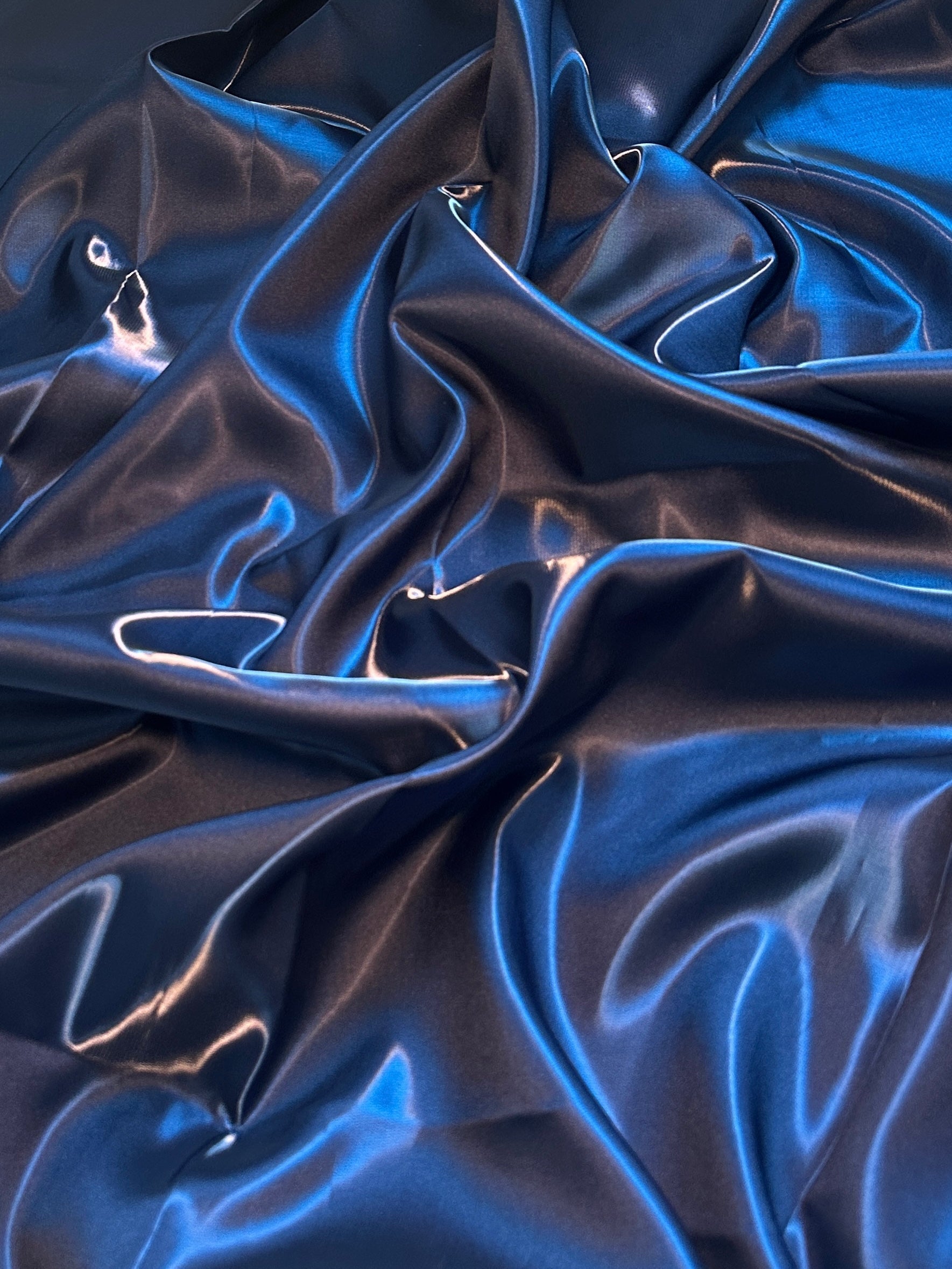
Leave a comment